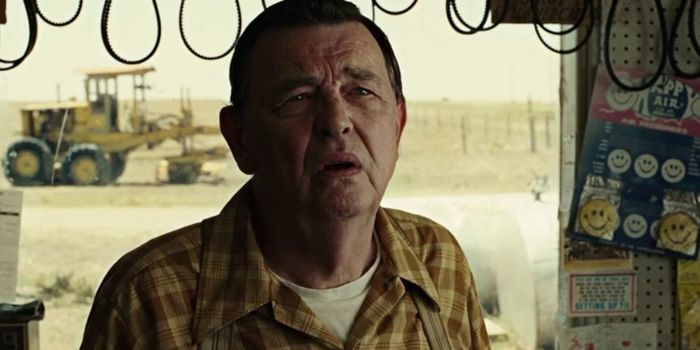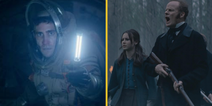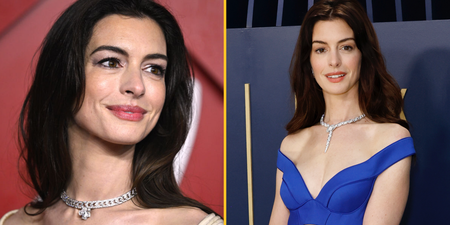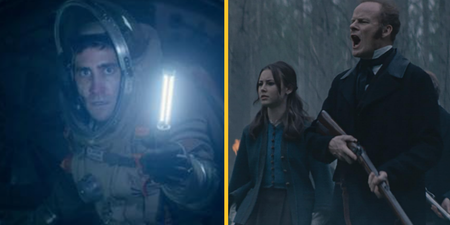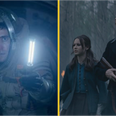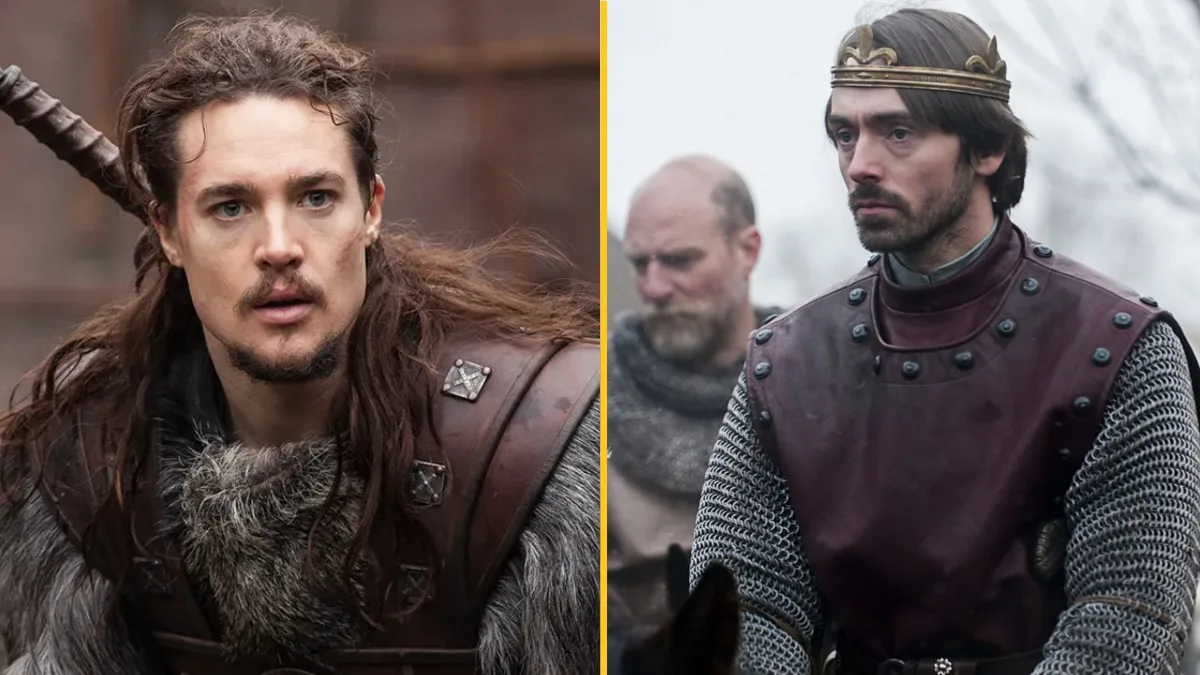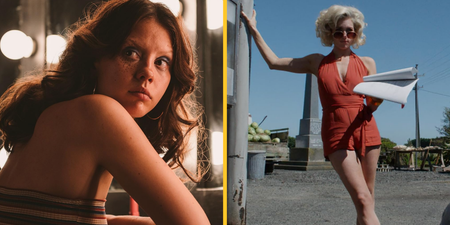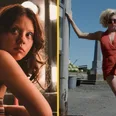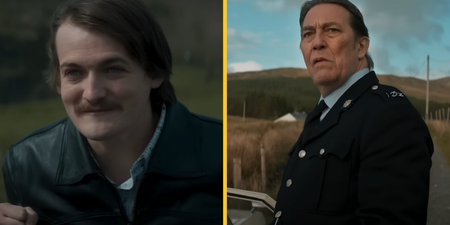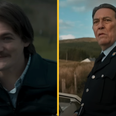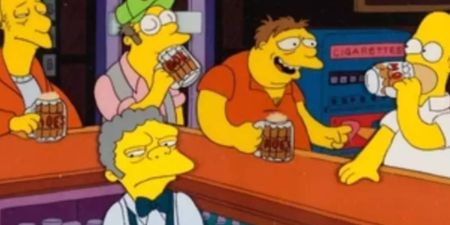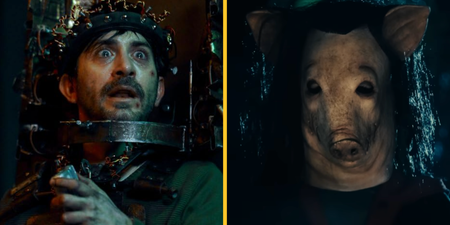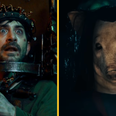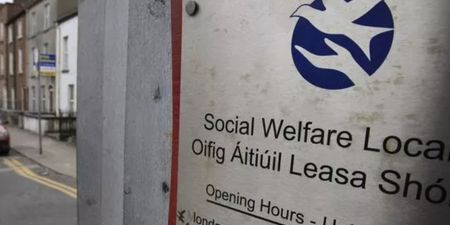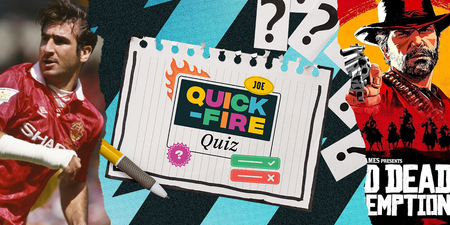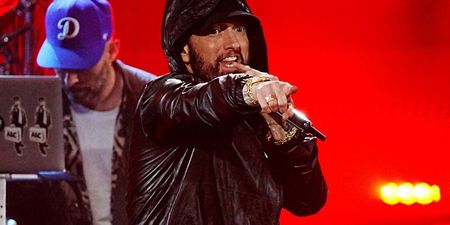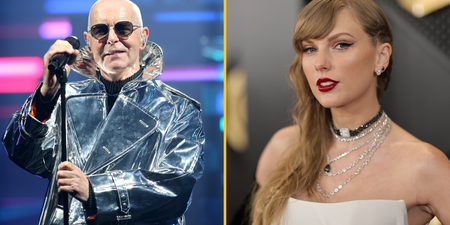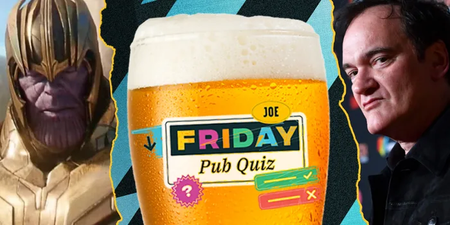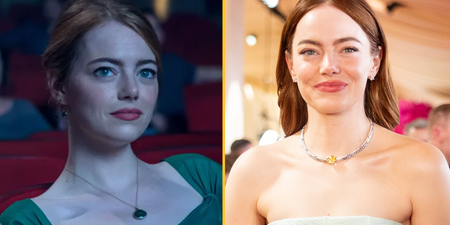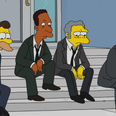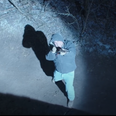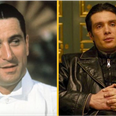Quentin Tarantino, Heath Ledger and Robert Rodriguez all influenced the eventual masterpiece.
Released in cinemas on 9 November, 2007, within a few weeks of There Will Be Blood, giving us a winter of incredibly dark neo-westerns, No Country For Old Men was a huge hit for writers/directors The Coen Brothers.
On a budget of $25 million, it made over $170 million worldwide at the box office.
Critics absolutely loved it (91% on Metacritic), and it won four of the eight Oscars it was nominated for, including Best Picture.
As with any major production, some of the biggest aspects were originally planned quite differently:
Mark Strong (Kingsman, The Guard) almost played the role of Anton Chigurh, as Javier Bardem was considering backing out of the project due to a scheduling conflict with Love in the Time of Cholera. Thankfully, things worked out, and Bardem could do both movies. (Which is for the best, nobody even remembers that other movie ever existing.)
Additionally, Josh Brolin wasn’t the first choice for the role of Llewlyn Moss, as it was originally offered to Heath Ledger. He passed on it, to spend more time with his family (the next project he’d sign on for would be The Dark Knight). Garrett Dillahunt was also up the part, having apparently auditioned no less than five times for the role, but he ended up getting the role of Wendell, the deputy to Sheriff Ed Tom Bell (Tommy Lee Jones).
At the time, Josh Brolin was working on the Planet Terror section of Grindhouse, and turned to the dual movie’s directors – Quentin Tarantino and Robert Rodriguez – to help make an audition reel for the Coen Brothers. He eventually landed a meeting, and then the role itself.
Those are all of the potential big changes, but at the heart of the movie’s most iconic scene, one small-sounding change made all the difference…
There were obviously some differences from the Coen Brothers’ script adaptation from the Cormac McCarthy novel that it was based upon.
For one, the book’s protagonist is Sheriff Bell, who is definitely pruned back to an important but relatively minor supporting role onscreen. And the face-off between Chigurh and Llewyln’s wife Carla Jean (Kelly McDonald) plays out very differently.
But for the above coin-toss scene, a slight change of the setting makes all of the difference. In the movie, the conversational confrontation plays out in broad daylight. In the book, it takes place after dark.
As detailed in Sara Spurgeon’s interpretations of McCarthy’s works:
“Where McCarthy gives us Chigurh’s question as, ‘What’s the most you ever saw lost on a coin toss?’, he says, “the film elides the word ‘saw’, but the Coens of course tend to the visual. Where the book describes the setting as ‘almost dark’, the film clearly depicts high noon: no shadows are notable in the establishing shot of the gas station, and the sunlight is bright even if behind cloud cover.
“The light through two windows and a door comes evenly through three walls in the interior shots. But this difference increases our sense of the man’s desperation later, when he claims he needs to close and he closes at ‘near dark’; it is darker, as it were, in the cave of this man’s ignorance than it is outside in the bright light of truth.”
It goes to show that one seemingly tiny change can make or potentially break some of the most memorable moments in cinematic history.
No Country For Old Men is available to watch at home right now on NOW, Sky and Paramount+.
LISTEN: You Must Be Jokin’ with Aideen McQueen – Faith healers, Coolock craic and Gigging as Gaeilge
